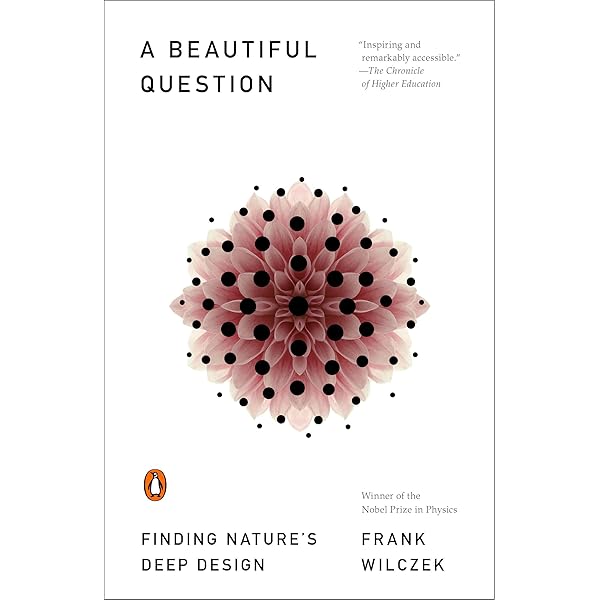
we have previously examined the philosophical impetus behind the mathematisation of science during the early modern era, alongside the motivation provided by mathematical practitioners, there exists a third factor that warrants our attention. In the seventeenth century, those engaged in the development of natural philosophy simultaneously acquired and advanced a new set of mathematical disciplines designed to supplant the near-monopoly of Euclidean geometry that had dominated the preceding centuries.
As highlighted in multiple prior entries on this blog, mathematics did not hold significant sway in the education offered at medieval universities. The Quadrivium–arithmetic, geometry, music, astronomy–received only minimal attention; when taught, it was at a very rudimentary level. Arithmetic and music, largely unrelated to mathematics, were taught using the most fundamental texts authored by Boethius (c. 480–524), _De institutione arithmetica libri duo_ and _De institutione musica libri quinque_. Astronomy was instructed from _De sphaera mundi_ by Johannes de Sacrobosco (c. 1195–c. 1256), a non-mathematical account of Ptolemaeus’ (fl. 150 CE) geocentric astronomy. The sole instance of ‘true’ mathematics consisted of Euclid’s _The Elements_ (fl. 300 BCE), where, in theory, only the initial six of the thirteen books were covered, but in practice, classes often did not progress beyond Book I.
This scenario began to shift slowly in the sixteenth century, and by the conclusion of the seventeenth century, the foundational elements of what constitutes the contemporary school mathematics curriculum–algebra, analytical geometry, trigonometry, calculus–were available for aspiring natural philosophers. This transformation did not occur abruptly but was, as previously mentioned, a gradual evolution involving numerous contributors.
Algebra, once regarded solely as the study of equations, has its origins in antiquity within Mesopotamia, Egypt, India, and China. Although Chinese algebra did not significantly influence the advancements that led to later European algebra. It is often assumed that ancient Greeks did not engage in algebra; however, they did approach it geometrically. In this context, _x_ represents a line segment, _x_^2 becomes a square or quadrate, _x_^3 is a cube, thus leading to quadratic and cubic equations. Nevertheless, Diophantus of Alexandria (fl. 250 CE) in his _Arithmetica_ presented a form of quasi-symbolic algebra.
The most sophisticated algebra emerging from these sources developed in India during the Early Medieval Period and was subsequently adopted by early Islamic culture, culminating in the work of Muḥammad ibn Musá al-Khwārizmī (c. 780–c. 850), _al-Kitāb al-Mukhtaṣar fī Ḥisāb al-Jabr wal-Muqābalah_ (_The Concise Book of Calculation by Restoration and Balancing_), which provided the term algebra, derived from the Arabic _al-Jabr_. Al-Khwārizmī’s study was first translated into Latin by Robert of Chester in 1145.
Its influence, however, was more profoundly felt through Leonardo Pisano’s (c. 1170–after 1240) _Liber Abaci_ (1202). After Leonardo’s introduction, algebra evolved into what could be termed commercial arithmetic in the sphere of commerce, practiced and taught by reckoning masters rather than being confined to academic mathematics, as was its principal application within Islamic culture.
The transition commenced in the sixteenth century with the advent of the Cossists in Germany, whose Coss books emphasized algebra instead of commercial arithmetic. Noteworthy contributions include Christoff Rudolff’s _Behend und hübsch Rechnung durch die kunstreichen regeln Algebre, so gemeinicklich die Coß genennt werden_ (Deft and nifty reckoning with the artful rules of Algebra, commonly called the Coss), published in Straßburg in 1525, and Michael Stiffel’s _Arithmetica Integra_ published in Nürnberg in 1544.
A significant milestone occurred with the discovery of the general solution for the cubic equation and the ensuing controversy, which led to the publication in Nürnberg by Johannes Petreius (c. 1497–1550) of _Artis Magnae, Sive de Regulis Algebraicis Liber Unus_ (_Book number one about The Great Art, or The Rules of Algebra_) by Gerolamo Cardano (1501–1576), containing the general solutions for cubic and quartic equations. The book has been hyperbolically labeled ‘the first modern mathematics book’; the veracity of this claim may be contentious, yet it undeniably cemented algebra’s status as mathematics rather than mere commercial arithmetic. It was also the volume that first introduced imaginary numbers, although